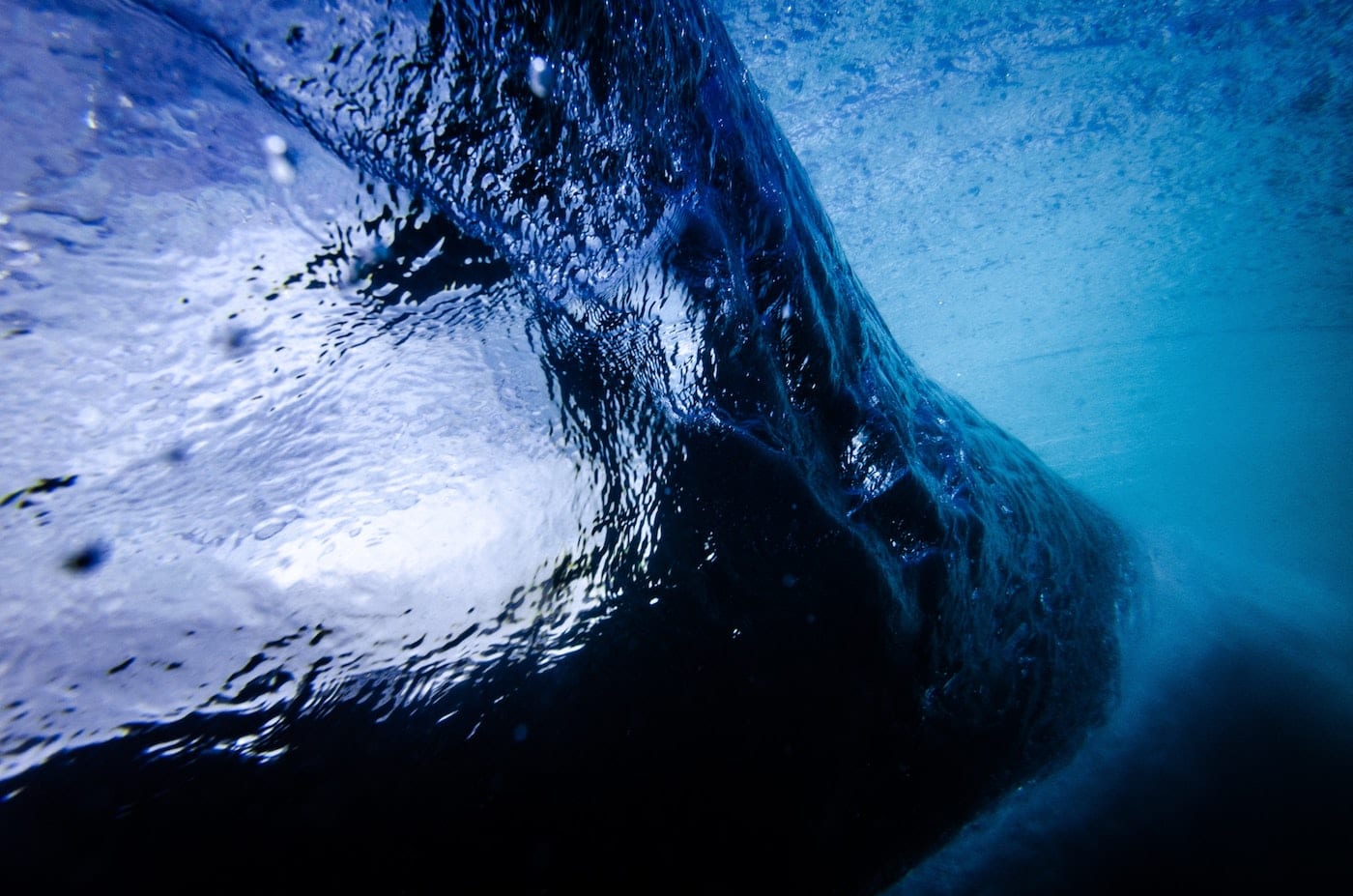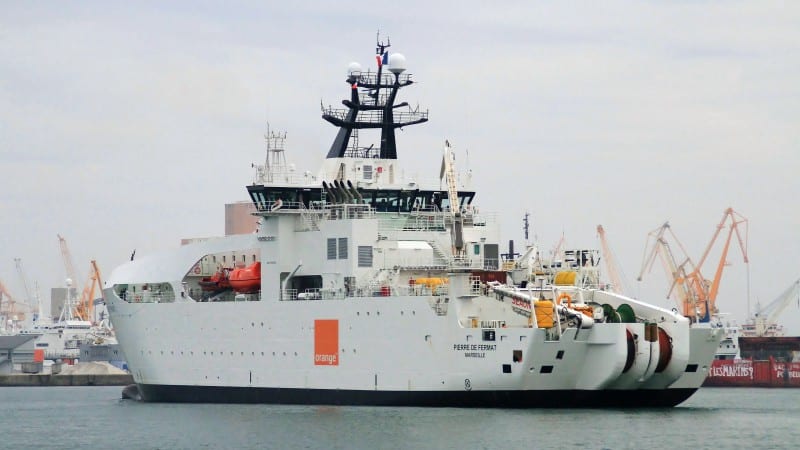Most of the world’s internet data — about 97 percent — swims with the fishes deep on the floors of the planet’s oceans and seas. The data traverses the globe through 428 underwater internet cables, about 700,000 miles of them in total. And while the sea floor might seem like a safe and tranquil place for these cables to reside, they do break sometimes — and fixing them requires a lot of strategy and patience.
Boats and anchors are causes for an estimated two-thirds of cable ruptures, especially in shallower waters. The forces of nature, such as earthquakes and landslides, can also damage the cables. Most ruptures aren’t too disruptive because intercontinental data transfer doesn’t hinge on a single cable. But sometimes, a break causes a massive outage.
That happened in 2007, when fishers accidentally pulled up 27 miles of internet cables off the coast of Vietnam, resulting in widespread and prolonged outages in parts of that country. That same year, an earthquake cut off data to a large swath of Taiwan.
While fixing underwater internet cables is logistically complex, the solution can be elegantly simple — and, in the case of telecom company MainOne, a bit superhero-like.
Slicing out the Bad, Splicing in the New
MainOne maintains a cable network off the coast of Africa, which it uses to sell bandwidth wholesale to internet service providers on land. One of its network cables off the coast of Senegal broke in June 2017 because of an underwater landslide. MainOne determined the ruptured cable’s location by sending signals down its cables and measuring the time it took for the signals to bounce back. Once it identified the damaged cable, MainOne deployed a repair crew to the scene on a cable-laying boat, the Pierre de Fermat.
The landslide had damaged more than half a mile’s worth of cable, requiring removal of a whole section. But fixing a broken cable underwater is impractical. So, to perform the repair, MaineOne’s technicians lowered one of Batman’s go-to tools for saving the day — a grappling hook (or grapnel) — to the sea floor. They dragged the hook along the floor until it snagged the cable. They then pulled the cable up and used the pressure of gravity to slice the cable with the grapnel’s blade.
The techs repeated this process until the length of ruptured cord was cut. Once the section of damaged fibers was removed, the Pierre de Fermat lowered grappling hooks to lift up both ends of the cords to bring them on deck so that MainOne’s technicians could splice in new cable. The repaired cable was then placed back on the seabed. The process looked something like this:
Redundancy to the Max: A Must for Tomorrow’s Submerged Servers
While fixing damaged cables under the sea is possible, it’s a time-consuming and resource-intensive process. And, in the the interim, large populations of internet users may be left without internet access. So, as undersea internet infrastructure grows to include new innovations like Microsoft’s Project Natick, system redundancies will become more important for ensuring reliability.
Project Natick, a 40-foot-long underwater datacenter, lies near Scotland’s Orkney Islands. It has more 860 servers loaded on 12 racks and is built to run for five years before it will be brought back ashore for maintenance.
Paul Mercina, director of product development at Park Place Technologies, a data center maintenance provider, says enough redundancy must be built into the data center’s servers so that they become foolproof.
“You certainly cannot remediate or self-heal a physical failure in that case,” he says, adding that there is “no point of entry” for technicians once the data center is submerged.



Share this: